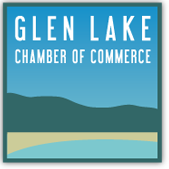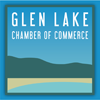A guide to foraging.
Visitors and locals alike get excited about the apparent abundance of treasures found in this special region. From the pristine Lake Michigan shoreline found up and down the coast of the pinkie to the inland lakes, rivers and streams, and moving inland through the forests, fields and dunes. What makes it special, though, is our commitment to do our part to protect it – while we enjoy it.
THE SHORELINE
Much of the shoreline we enjoy around the Glen Arbor area, if not private, is Federal land in the Sleeping Bear Dunes National Lakeshore.
One of most well known treasures looked for along the beach and dunes are Petoskey Stones. If you find a stone, admire it and then put it back. Chief of Natural Resources at Sleeping Bear Dunes National Lakeshore reminds us that “Lakeshore visitors may find and admire Petoskey stones on its Lake Michigan beaches, but the stones must be returned to the lake to maintain the pristine nature of the environment. Those who want to collect Petoskey stones may visit State-owned lands (the Lakeshore is Federal) where they may collect up to 25 pounds per visit.”
Beyond rock hunting, check out list of species that are present in the area. Try a challenging yourself to identifying some plants, animals, birds, fish and reptiles while you’re out enjoying nature.
NOTE: It is illegal to take any natural thing from a National Park — including rocks, wildflowers, plants and mosses — with some edible exceptions, including morel mushrooms.
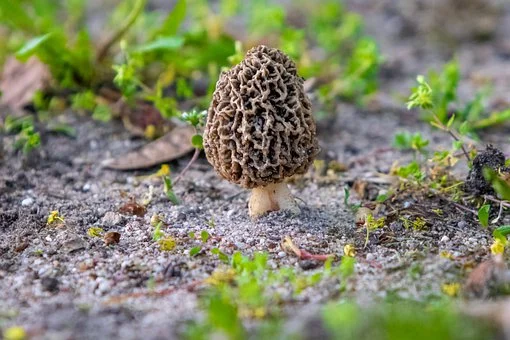
FOREST FORAGING
Foraging the forest for food is a fun way to explore while walking the woods or taking a hike. Northern Michigan is known for edible plants found prevalent in certain areas and seasons, including Morel Mushrooms, wild leeks (aka ramps) and wild berries such as blackberries or raspberries.
SPRINGTIME
Morel Mushrooms
Gathering morels on Sleeping Bear Dunes National Lakeshore land is permitted with these stipulations:
• mushrooms are for personal (non-commercial) use or consumption
• the mushrooms are collected by hand
• no more than one gallon of morels at a time
Do not consume unless certain of the identification.
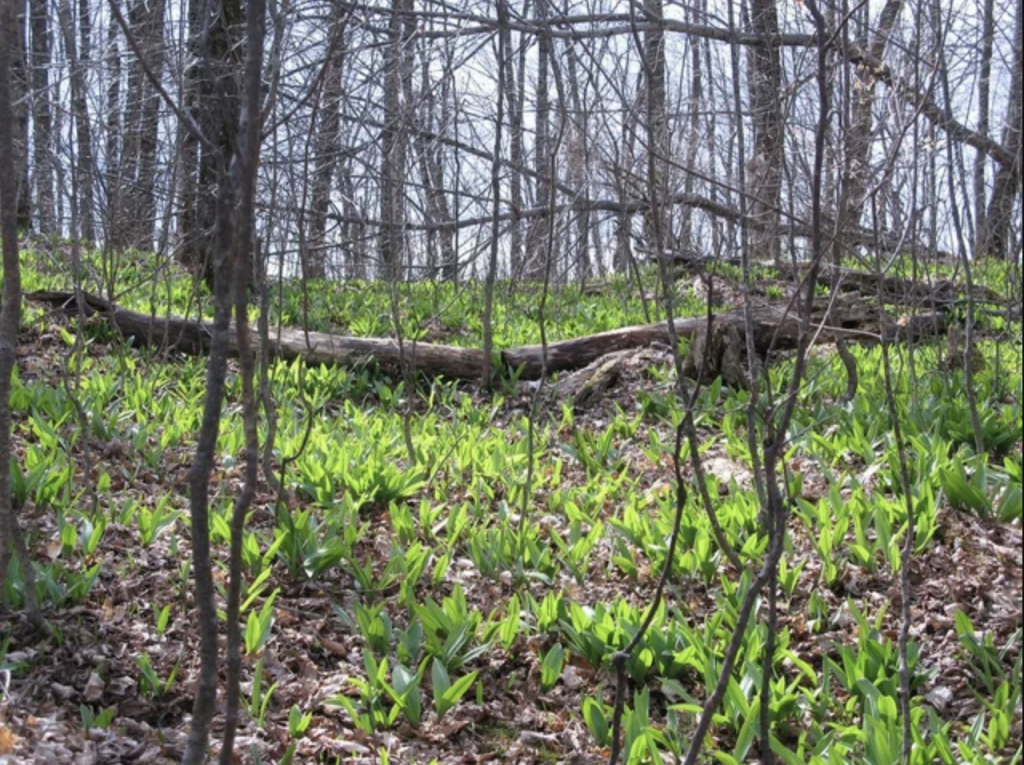
Wild Leeks / Ramps
After the snow melts, look for Ramps in late May to early June in wooded areas. Below ground, the grow from a single point; above ground, they appear in clusters. The bulb of the leek and green leaves are edible. It’s recommended to pick leeks on the outskirts of the clusters, leaving the growing point in tact to reproduce in that area the following year. To harvest, reach in with a finger to snap an individual leek off horizontally. Do not pull them out of the ground. No shovel needed. If you pull out a root by accident, put the root back into the dirt and cover to help it regrow. Look online for leek recipes. You can add them to make almost any dish more savory.
Michigan DNR offers a guide to harvesting on State and Private lands.
On National Park and Federal Land, it is illegal to pick or collect plants without a permit.
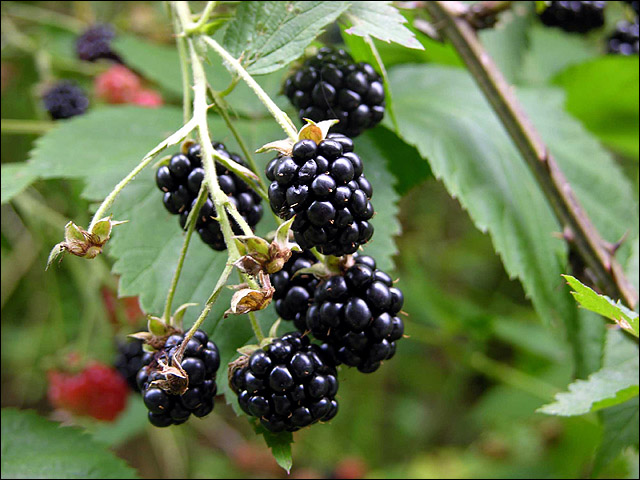
SUMMER
Raspberries (July/August/September) and wild blackberries (June/July) are a delicious treat, sometimes found on private property, State land, and along hiking trails. They are identifiable by their clusters of hollow-capped, compound berries that ripen in summer. Do not consume unless certain of the identification. Enjoy the berries fresh, clean and freeze or can.
Michigan DNR offers a guide to harvesting on State and Private lands.
On National Park and Federal Land, it is illegal to pick or collect plants without a permit.
